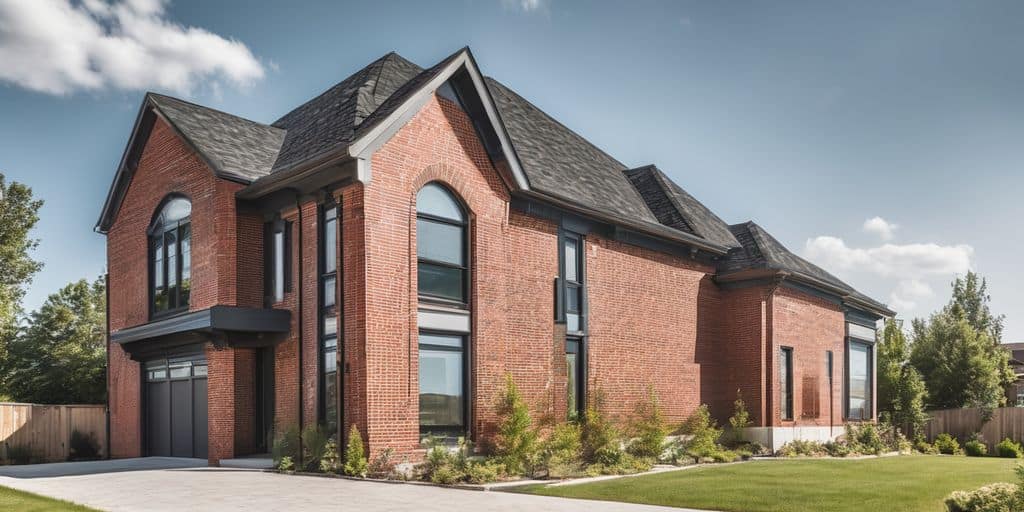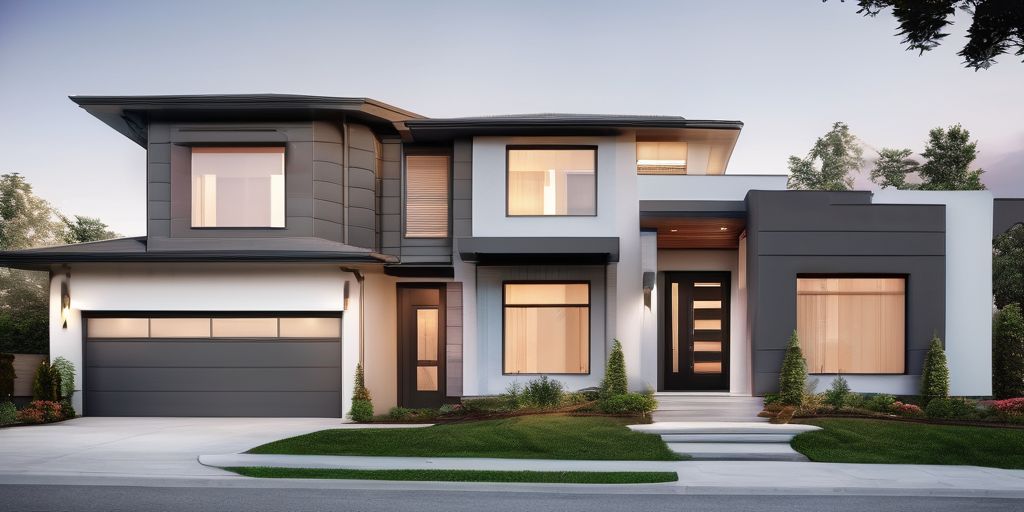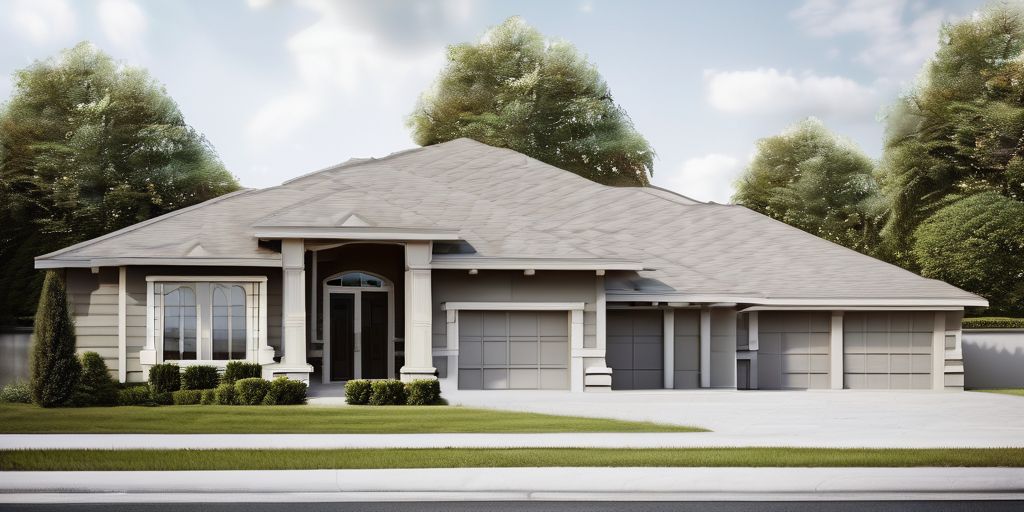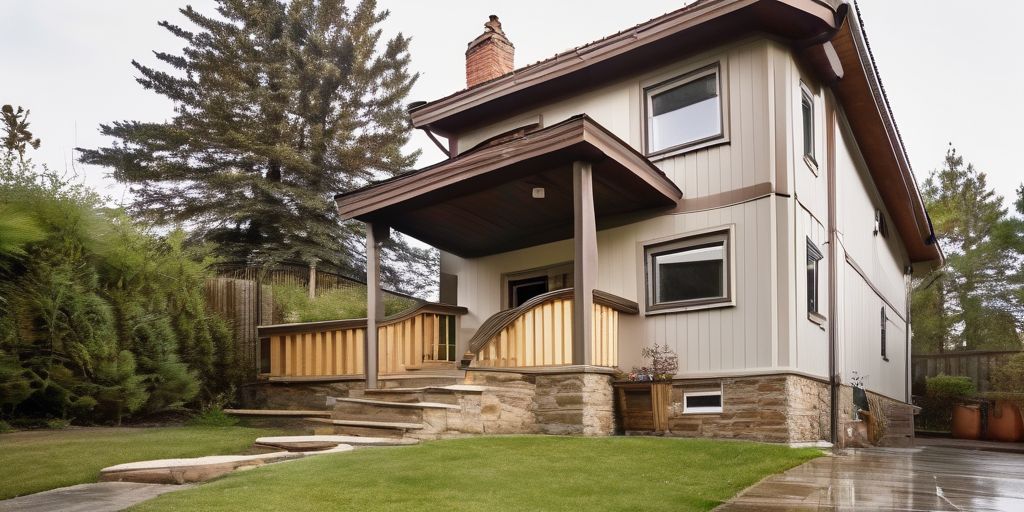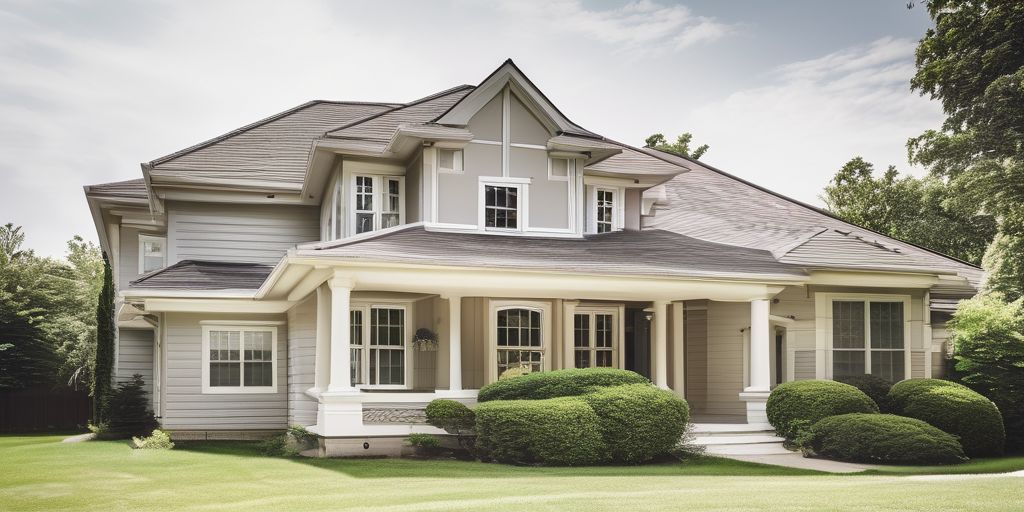Kitchener-Waterloo is known for its beautiful brick buildings that tell the story of its past. Painting these brick exteriors can help preserve their charm while giving them a fresh look. This article will guide you through the steps to choose the right paint, prepare the surfaces, and maintain the painted brickwork to keep these historic structures looking their best.
Key Takeaways
- Choosing the right type of paint is crucial for brick exteriors to ensure durability and breathability.
- Proper surface preparation, including cleaning and repairing, is essential for a long-lasting paint job.
- Weather conditions in Kitchener-Waterloo can impact the durability of painted brick, so plan your painting project accordingly.
- Regular maintenance, such as cleaning and touch-ups, helps preserve the appearance and longevity of painted brick exteriors.
- Community involvement and careful planning can lead to successful brick painting projects that honor the region’s heritage.
Understanding the Historical Significance of Kitchener-Waterloo’s Brickwork
The Architectural Heritage of the Region
Kitchener-Waterloo boasts a rich architectural heritage, with brickwork playing a central role. The region’s buildings, from charming homes to grand public structures, showcase the timeless appeal of brick. These structures not only add to the aesthetic charm but also reflect the area’s historical and cultural evolution.
Why Brickwork Matters in Kitchener-Waterloo
Brickwork is more than just a building material in Kitchener-Waterloo; it is a testament to the region’s history. Painted brick buildings combine aesthetic charm with historical significance. The use of brick reflects the architectural trends and societal values of different eras, making it a crucial element in understanding the local heritage.
Historical Preservation Efforts
Efforts to preserve the brickwork in Kitchener-Waterloo are vital for maintaining the architectural integrity of the region. These initiatives often involve community involvement, promoting awareness and participation in preservation projects. By using quality materials and effective restoration techniques, such as lime mortar, the community ensures that the brickwork remains a lasting symbol of the area’s rich history.
When considering the longevity of painted brick, it’s essential to balance aesthetic desires with practical considerations. Enhance brickwork with contrasting colors and textures, but always keep the focus on breathability and moisture control.
In Kitchener-Waterloo, where the climate can be harsh, selecting the right paint and applying it correctly is crucial for durability. A paint that withstands temperature fluctuations and resists fading under UV exposure will maintain its appearance longer, reducing the need for frequent repainting. For example, a home near the iconic Victoria Park may benefit from a paint that can handle the varying weather conditions seen in the region.
Choosing the Right Paint for Brick Exteriors
Selecting the right paint for your brick exterior is crucial for both the look and durability of your home. The right paint can protect your brick from weathering and erosion while enhancing its appearance. Here are some key considerations when choosing paint for brick exteriors:
Preparing Brick Surfaces for Painting
Cleaning and Repairing Brickwork
Before painting, it’s crucial to clean the brick surface thoroughly. Use a wire brush to scrub the brick surface and mortar joints, loosening dirt, soot, or crumbling mortar. Vacuum the entire area thoroughly to remove all debris. This ensures that the paint will adhere properly. If there are any damaged areas, repair them using appropriate materials. Addressing these issues early on will prevent further deterioration and ensure a smooth painting process.
Essential Tools and Materials
Having the right tools and materials is essential for a successful brick painting project. Here are some items you’ll need:
- Wire brushes and scrapers for surface preparation
- High-quality primers and paints suitable for brick surfaces
- Sealants to protect the finished work
- Brushes, rollers, and sprayers for application
Importance of Proper Surface Preparation
Proper surface preparation is the cornerstone of a successful paint job on outdoor brick houses. The process begins with a thorough cleaning to remove any dirt, debris, and old finishes that may interfere with paint adhesion. This step is particularly important for ensuring that the new paint will have a clean and stable surface to bond with.
It’s essential to not rush this phase, as meticulous preparation can significantly enhance the paint’s durability and appearance.
Choosing the right primer is also a critical aspect of surface preparation. A quality primer will ensure better paint adhesion and can help in addressing any minor imperfections on the brick surface. Once the surface is clean and primed, it’s ready for the application of the chosen paint, which should be suitable for exterior masonry to withstand the varying Kitchener-Waterloo climate.
Techniques for Painting Brick Exteriors
Brush vs. Spray Painting
When it comes to painting brick exteriors, you have two main options: brush painting and spray painting. Brush painting allows for more control and is ideal for detailed work. It ensures that the paint gets into all the nooks and crannies of the brick surface. However, it can be time-consuming. On the other hand, spray painting is faster and provides a more even coat, but it requires more preparation to protect surrounding areas from overspray.
Applying Primer and Topcoat
For the best overall results, apply one coat of primer and two coats of paint, and allow proper drying time between coats. This two-coat approach provides a durable and long-lasting finish. Make sure to use a primer that is specifically designed for masonry to ensure good adhesion and to seal the porous surface of the brick.
Finishing Touches and Sealing
After the topcoat has dried, it’s important to apply a sealant to protect the painted surface from moisture and environmental damage. This step is crucial for maintaining the appearance and durability of the paint job. Use a high-quality sealant that is suitable for exterior use and follow the manufacturer’s instructions for application.
Proper preparation and the right materials are essential for achieving a durable and visually appealing finish on historic brick buildings.
By following these techniques, you can ensure that your brick exterior not only looks great but also stands up to the elements for years to come.
Weather Considerations for Brick Painting in Kitchener-Waterloo
Impact of Local Climate on Paint Durability
Kitchener-Waterloo experiences a range of weather conditions, from hot summers to cold winters. These fluctuations can affect the durability of paint on brick exteriors. Choosing the right paint that can withstand these changes is crucial. For instance, paint that resists fading under UV exposure will maintain its appearance longer. This is especially important for homes near landmarks like Victoria Park, where the weather can be quite variable.
Seasonal Painting Tips
Timing your painting project is essential to avoid extreme weather conditions. Here are some tips:
- Spring and Fall are ideal seasons for painting as temperatures are moderate.
- Avoid painting during rainy or extremely hot days to ensure the paint adheres properly.
- Check the weather forecast to plan your painting days and avoid unexpected weather changes.
Protecting Against Weather Elements
Proper surface preparation is key to protecting your brickwork from the elements. This includes:
- Pressure washing and surface preparation to remove dirt and old paint.
- Repairing any cracks or damages in the brickwork before painting.
- Applying a primer to help the paint adhere better and last longer.
By addressing these factors, homeowners in Kitchener-Waterloo can effectively protect their brick exteriors from the elements, preserving the structural integrity and appearance of their homes for years to come.
Maintaining Painted Brick Exteriors
Regular Cleaning and Inspection
To keep your painted brick exteriors looking fresh, regular cleaning is essential. Use a gentle detergent and a soft brush to remove dirt and grime. Avoid using high-pressure washers as they can damage the paint. Inspect the brickwork periodically for any signs of wear, such as chipping or peeling paint.
Touch-Up Techniques
Touching up small areas can prevent larger problems down the line. Keep some extra paint on hand for quick fixes. When you notice minor damage, clean the area, apply a primer if needed, and then repaint. This helps maintain the overall appearance and protects the brick from further damage.
Long-Term Care and Maintenance
Long-term care involves more than just cleaning and touch-ups. Consider applying a sealant to protect the paint from moisture and environmental damage. This is especially important in areas with harsh weather conditions. Regular maintenance and timely repairs are crucial for preserving the vibrancy and integrity of painted brick homes, enhancing the charm of the Kitchener-Waterloo area.
Consistent maintenance not only keeps your home looking great but also extends the life of the paint job, saving you time and money in the long run.
Case Studies of Successful Brick Painting Projects
Reviving Historic Homes
Reviving historic homes through brick painting is a delicate blend of tradition and innovation. This process not only preserves the architectural integrity of these homes but also enhances their visual appeal. Innovative brick accent painting techniques play a crucial role in this transformation, ensuring that each home retains its unique charm while benefiting from modern advancements.
Community Involvement in Preservation
Community involvement is key in preserving the heritage of brick homes. Many successful projects have seen local residents participate in color decisions, fostering a sense of pride and ownership. Techniques such as staining, tinting, and masonry restoration are often employed to achieve lasting impact.
Lessons Learned from Local Projects
Successful brick painting projects in the Kitchener-Waterloo area have taught us valuable lessons. Proper preparation and expert consultation are essential for lasting results. Local artisans play a crucial role in maintenance and restoration. Essential tools and materials include:
- Wire brushes and scrapers for surface preparation.
- High-quality primers and paints suitable for brick surfaces.
- Sealants to protect the finished work.
- Brushes, rollers, and sprayers for application.
Proper preparation and the right materials are essential for achieving a durable and visually appealing finish on historic brick buildings.
Explore our “Case Studies of Successful Brick Painting Projects” to see how we’ve transformed homes with our expert services. Each project showcases our dedication to quality and customer satisfaction. Want to learn more? Visit our website for detailed insights and to book your free estimate today!
Conclusion
In conclusion, preserving the brickwork heritage of Kitchener-Waterloo through careful painting is more than just a cosmetic upgrade. It’s about respecting the past while embracing the future. By choosing the right materials and techniques, homeowners can protect their homes from the elements and keep them looking beautiful for years to come. Whether you’re a DIY enthusiast or prefer to hire professionals, taking the time to properly prepare and maintain your brick exterior will pay off in the long run. Let’s continue to cherish and preserve our architectural treasures, ensuring they remain a vibrant part of our community for generations to come.
Frequently Asked Questions
What type of paint is best for brick exteriors?
Masonry paint is the best for brick exteriors because it allows the brick to breathe and prevents moisture from getting trapped.
How do I choose the right color for my brick house?
Pick a color that matches your home’s style and the surroundings. Lighter colors reflect more light and keep the house cooler.
Why is surface preparation important before painting brick?
Proper surface preparation ensures that the paint sticks well and lasts longer. It involves cleaning and fixing any damage on the brick surface.
Can I paint my brick house myself, or should I hire a professional?
You can paint it yourself, but hiring a professional can ensure a better finish and save you time and effort.
How does the local climate affect brick painting?
The local climate can impact how long the paint lasts. It’s important to choose paint that can withstand temperature changes and humidity.
What maintenance is needed for painted brick exteriors?
Regular cleaning, checking for damage, and doing touch-ups are needed to keep the painted brick looking good and lasting longer.

